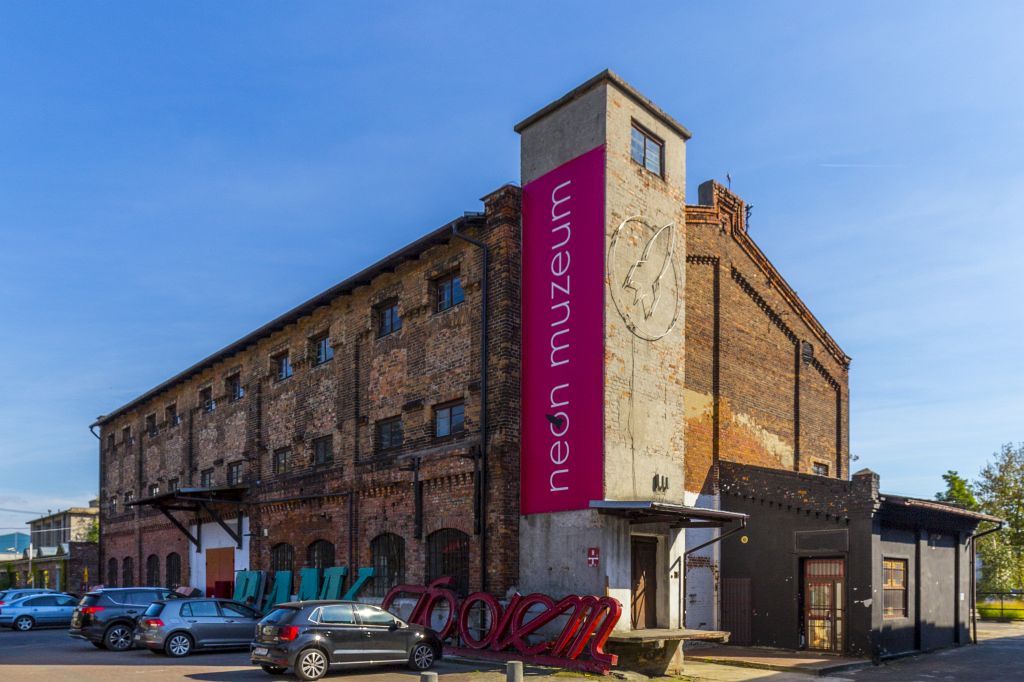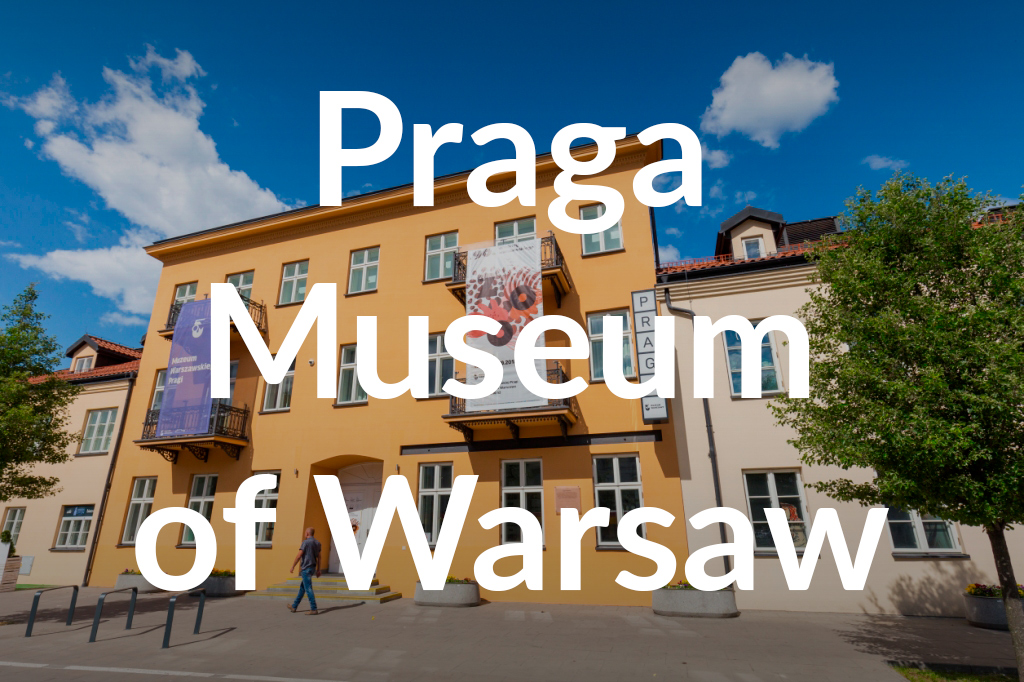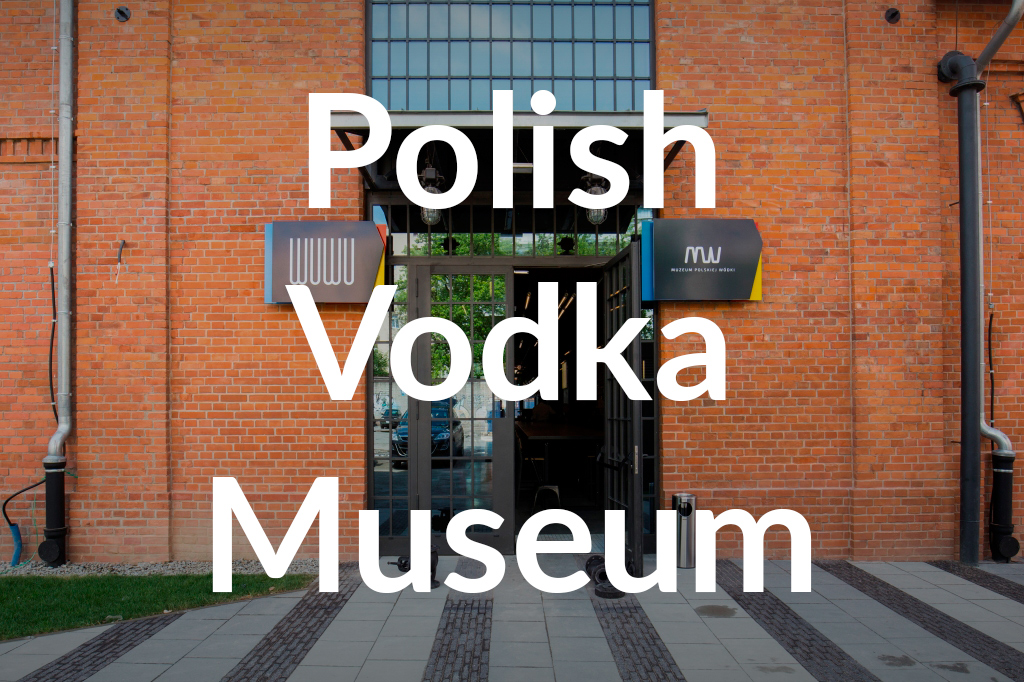Neon Museum
This unique museum is located at Soho Factory, the fashionable, post-industrial space in which the ‘Pocisk’ ammunition factory was located, and later the ‘Osa’ scooter factory.
You will see over 200 neon signs, iconic inscriptions and fascinating stories – this museum is a must-visit for any street art lover. Neon signs which – after having had their best years in the communist era – have fallen into oblivion, regain a second life at the museum. Renovated and colourful, their unusual designs are eye-catching and bring a touch of nostalgia.
Neon signs in socialist Poland fulfilled a different function than in capitalist countries. While in the West their role was always advertising, in People’s Poland, which did not have a free market, they served as information and prestige. As a result of what was called ‘neonisation’, neon lights were placed in urban spaces according to a deliberate plan. They were designed for whole series of streets so that they would form an integral part of the architecture – matching in size and colour and not obstructing each other. Polish neon lights were designed by renowned graphic designers, artists and architects.
Opening hours and Ticket prices
ul. Mińska 25
www.neonmuzeum.org








